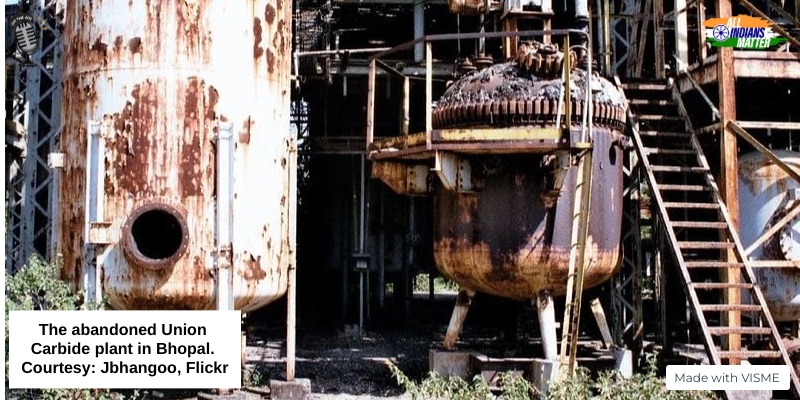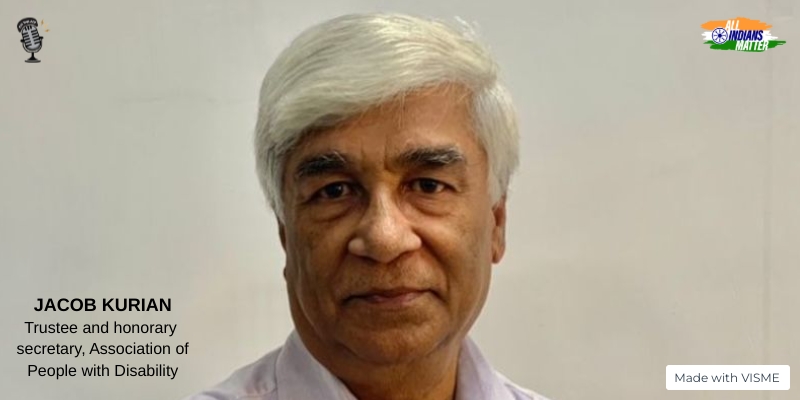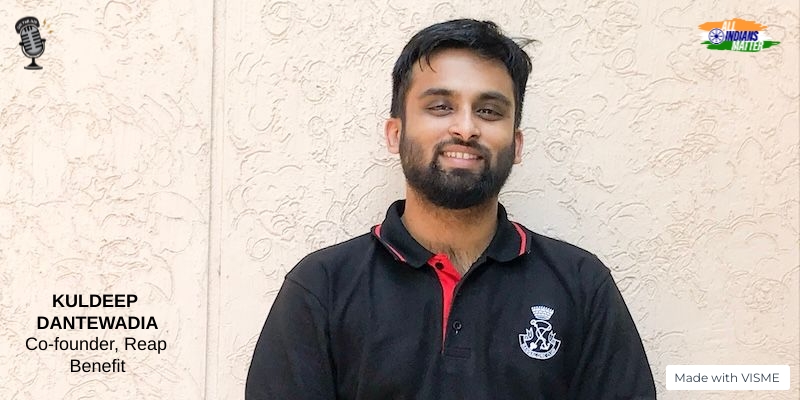Ashraf Engineer
December 25, 2021
Hello and welcome to All Indians Matter. I am Ashraf Engineer.
Here’s an indicator of how badly India is performing on key public health indicators. It has made no progress on anaemia and childhood wasting, according to the 2021 Global Nutrition Report that was released in November. More than half of Indian women aged 15 to 49 years are anaemic. In fact, there has been rise in anaemia over the past five years – in 2016, 52.6% of Indian women were anaemic but that rose to 53% in 2020. So badly has India done on that front that it was featured among 161 countries documented in the report as having made no progress or facing a worsening situation when it comes to reducing anaemia. India was also among 23 countries that have made no progress or are worsening on reducing childhood wasting, which refers to children whose weight is low for their height. There’s more – India is not on course to meet seven of the 13 global nutrition targets, the report warned. Why has this happened? And what is the way out?
SIGNATURE TUNE
Other than anaemia and child wasting, some of the other targets India is missing are adequate sodium intake, and lowering incidence of high blood pressure, obesity and diabetes. In fact, the data on obesity is striking: 6.2% of adult women and 3.5% of adult men are obese. It’s one of the parameters on which India has shown zero progress. Meanwhile, the country’s status as a diabetes hot spot was confirmed with 9% of adult women and 10.2% of adult men suffering from it.
Let’s return to childhood wasting – over 17% of Indian children under 5 years of age are affected, which is way higher than the Asian average of 9%.
The news isn’t good on the stunting front either. It’s different from wasting – stunting is defined as low height for age whereas wasting is low weight for height. Over 34% of Indian children are affected by stunting, the Global Nutrition Report reported – again, much higher than the Asian average of about 22%.
In some cases, lack of data, a persistent problem in India, does not allow for an understanding of the situation. For instance, India does not have adequate data on the prevalence of low birth weight.
The findings are corroborated in many ways by the government’s National Family Health Survey – 5 (2019-21), which was also released recently. The survey estimates stunting at 36% and a marginal increase in the percentage of children under five who are severely wasted. We must keep an eye on wasting because children suffering from it are at an increased risk of death.
On the anaemia front too, the survey confirms that more than half of Indian women, 57%, are anaemic, including those who are pregnant. This is a rise of 4% over the previous survey. Worryingly, anaemia is higher among adolescent girls – rising from 54% in 2015-16 to 59% in 2019-21.
All of these are very serious issues that have human, economic and social repercussions. Not only does it mean that our health and government institutions are failing us, it has serious implications for our economic progress too.
So, what are the solutions?
The answer spans a range of fronts, from increasing funding to end malnutrition to procuring better, establishing greater accountability and systematic monitoring.
India produces enough food to feed its population but there’s a huge gap between production and distribution. There is an urgent need to guarantee food availability through an effective mechanism. The current public distribution system is an utter failure. From inferior quality food to pilfering and from improper targeting to improper storage, the public distribution system suffers from a litany of problems.
Direct cash transfers are an effective social protection measure but the government has been reluctant to employ it even in emergencies like the COVID-19 pandemic.
The pandemic, in fact, has been serious setback. It has upended income sources and, by extension, food and nutrition supplies. Women and children have been particularly vulnerable, as the Global Nutrition Report’s findings have shown. There needs to be a strong focus on reducing exclusion.
Food programmes such as the mid-day meal scheme in schools have suffered due to bad implementation and the exclusion of nutritious food like eggs. Such programmes must include better-quality oil and pulses as well as eggs, never mind the political arguments against it.
India has made certain commitments to public health, nutrition, women’s welfare and education. On most counts, it hasn’t delivered or has misplaced priorities. For instance, 80% of the Beti Bachao, Beti Padhao campaign were spent on advertisements and other media outreach, much of it glorifying Prime Minister Narendra Modi. How is this justified? Why weren’t those funds used for their core purpose?
Governments are custodians of national wealth and they are duty-bound to use it well to improve public health and nutrition, among other things. It has to be used to improve the quality of life, especially of our most marginalised and underprivileged people. Of course, this hasn’t happened. Perhaps the most critical component of our programmes needs to be, not funds, expertise or infrastructure, but genuine accountability.
Thank you all for listening. Please visit allindiansmatter.in for more columns and audio podcasts. You can follow me on Twitter at @AshrafEngineer and @AllIndiansCount. Search for the All Indians Matter page on Facebook. On Instagram, the handle is @AllIndiansMatter. Email me at editor@www.allindiansmatter.in. Catch you again soon.






